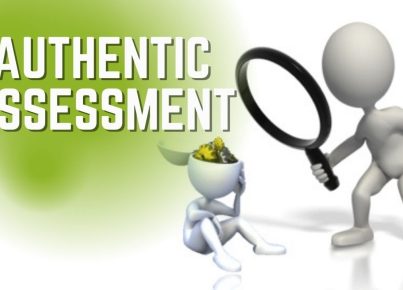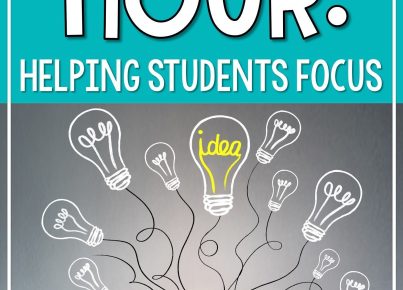By Matthew Lynch
During his sixth State of the Union address, President Barack Obama spelled out a proposal that would offer two years of a free community college education to any student that wanted to take advantage of it. Once enrolled, these students would need to maintain a 2.5 grade-point average, stay enrolled at least half time and be on track to graduate on time to keep receiving the tuition-free access.
This program would, essentially, make the first two years of a college education a basic American right – aligning it with universal access to a K-12 (and even pre-K in some states) education. Of course there would be some requirements for having access to that right and it would not be mandatory, but the basic premise would be the same: free higher education for any American student.
Arguably this plan helps everyone in the long run. More Americans with access to a college education means a stronger economy and less college debt means more money in the pockets of college graduates that they can then pump back into that economy. Proponents of the plan say that it will particularly help minorities when it comes to college attendance because it removes the cost barrier that tends to discourage these groups from enrolling.
I say that access to free community college will not actually help minorities – at least not on its own.
We know that there is an achievement gap in P-12 learning and that black students drop out of high school at a rate that is twice as high as white students (for Hispanic students is over three times as high). This happens despite these minorities having access to the same opportunities (in theory) as their white counterparts. A public education is free to these students, yet minority students still drop out of high school at rates that are simply too high. So the assumption that offering free college classes and credits will be a better situation for minorities is flawed, based on what we know about educational access and its influence on achievement in younger grades.
We need more than free access to community college to help minorities succeed in higher education settings. Starting in our K-12 schools, we need better targeting of struggling students and remedial interventions that take effect immediately, not after a standardized assessment points out that a student is already failing. We need mentorship programs, both at the high school and community college level, where minority students can connect with the success stories of people who look like they do and came from similar backgrounds. We need more people of color who enter the teaching profession – particularly black males – so that minority students see themselves somewhere in the education process and so more attention is paid to the cultural differences that influence learning environments.
When these minority students enroll in community college, we need orientation programs that last an entire semester or year that keep students on track and accountable and ward off any issues that may cause them to quit too soon. We need a job-based focus that funnels students into the right classes at the right times and keeps them on target for their end goals. We need better guidance processes, mentorship programs, job placement results and awareness of the distinct issues minority students face when they arrive in college classrooms. If all of these things work in conjunction with the free access to community college classes then we may just be on to something.
Money is not the only barrier that keeps minorities from enrolling in and finishing college classes. Removing that obstacle is certainly a step in the right direction but needs other supporting initiatives to really achieve its aim: a diverse highly-educated American public.
Click here to read all our posts concerning the Achievement Gap.





